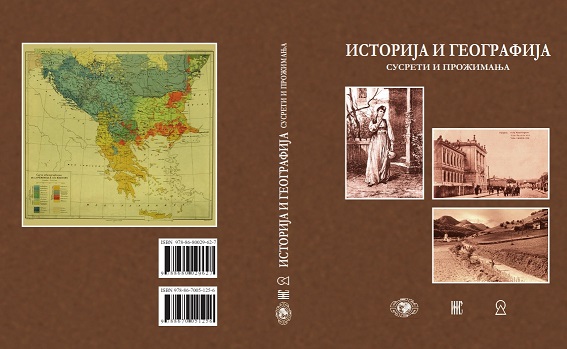Polarization of Space in Serbia and its Peripheral Areas
Polarization of Space in Serbia and its Peripheral Areas
Author(s): Ondřej Žíla, Zdeněk Kučera
Subject(s): Regional Geography, Applied Geography, Political history, Transformation Period (1990 - 2010), Geopolitics
Published by: Institut za noviju istoriju Srbije
Keywords: polarization of space; regional differentiation; peripheral areas; Serbia; period 1990–2012;
Summary/Abstract: This study discusses the progress and impact of the process of polarization of space and settlement at the level of territorial units (okrug – districts and opcinas) in Serbia from 1991 to 2011. With the help of analysis of selected data and referencing different literature, the study identifies, characterizes and then compares different peripheral areas in Serbia. The study analyzes, within the regional differentiation of Serbian territory after 1990, the extent to which this period differed from changes in the socialist era, i.e. whether the differences between core and peripheries deepened after 1990 and whether the position of individual regions in the country remained continuously maintained. The article is based on analysis of statistical data and demonstrates that the Serbian territory, at the macro-regional level, can be divided in two basic ways which manifest themselves in the long run: firstly, using the so called north-south zoning, which is mainly due to the physical and geographical conditions (polarity between mountain and lowland regions) and secondly, dividing the country based on a continuous zone of economic development, which is located in the north-south direction from Vojvodina across Novi Sad, Belgrade, Kragujevac and Niš and further along the South Moravia River. Within the regional differentiation of Serbia there are also identified and examined two main stages of development. Autonomous Province of Kosovo and Metohija was not included in this analysis because of deficiency of relevant statistics data in the period under review.
Book: Историја и географија: Сусрети и прожимања
- Page Range: 155-179
- Page Count: 25
- Publication Year: 2014
- Language: English
- Content File-PDF

